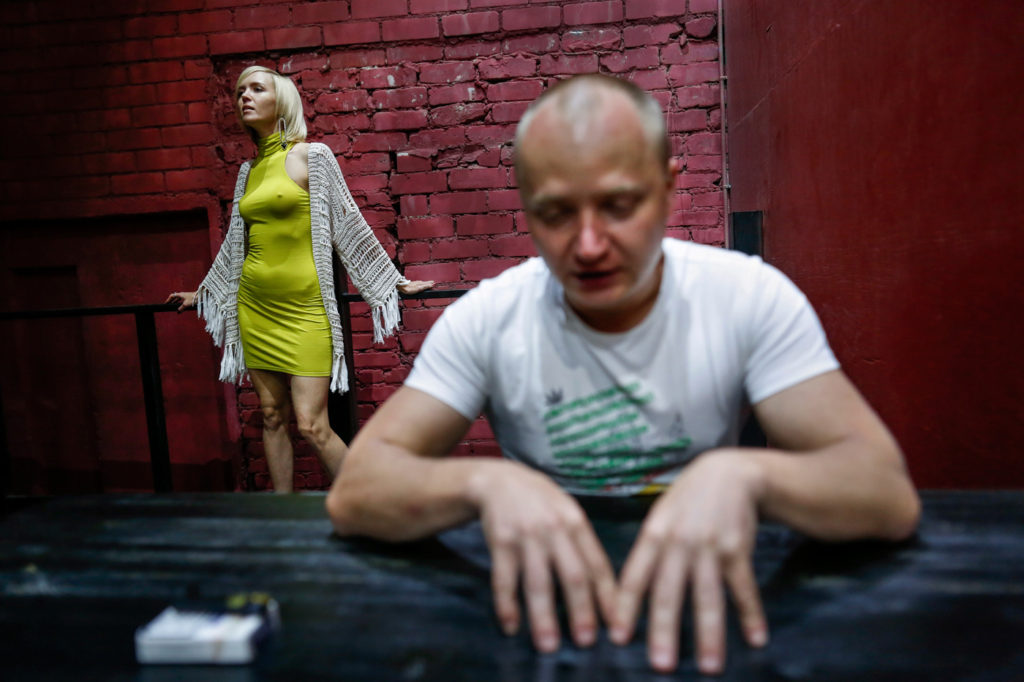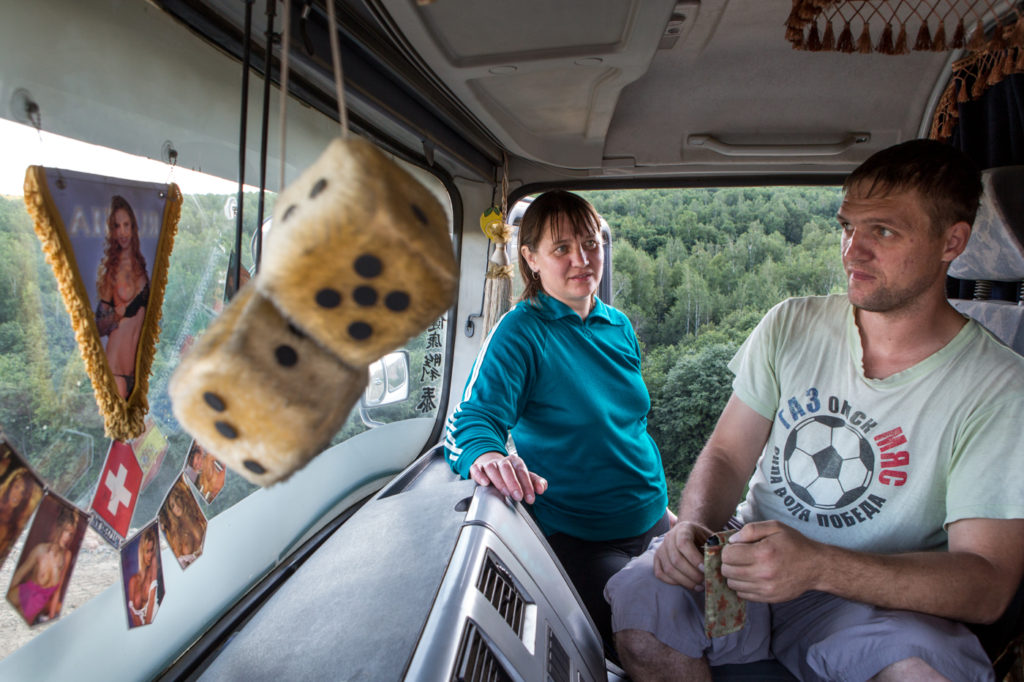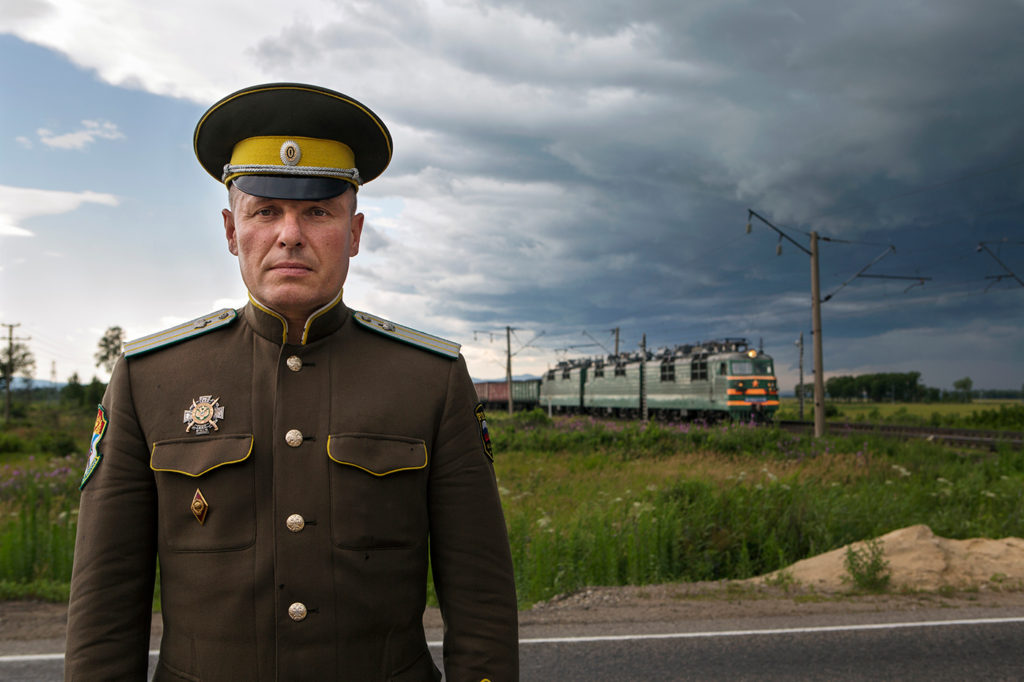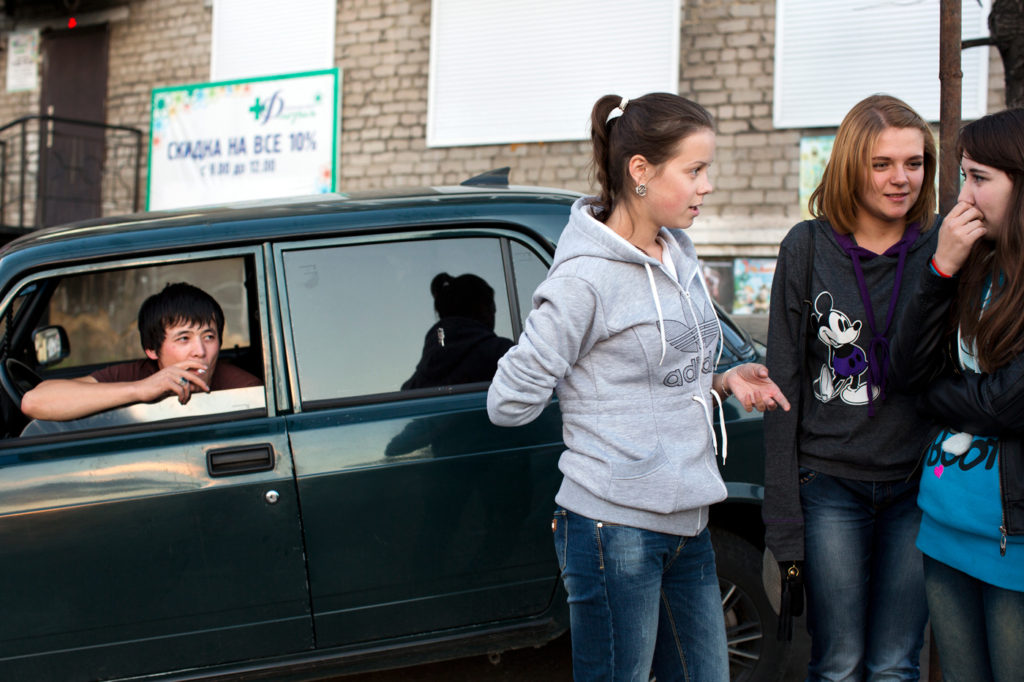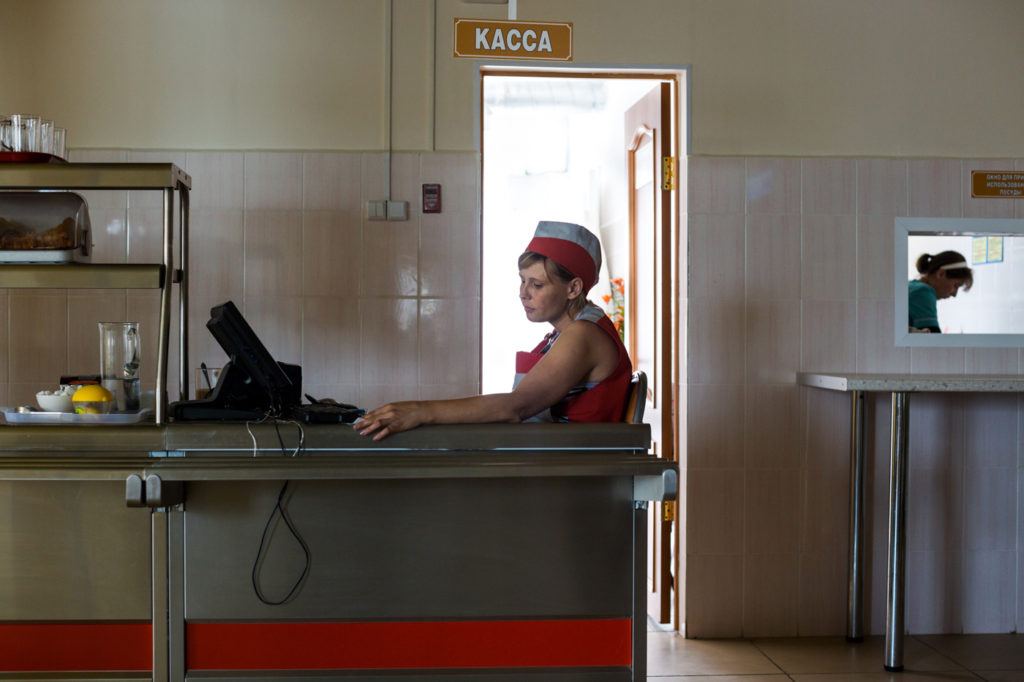Artist’s Statement:
The Russian Far East isn’t exactly known as a classic road trip destination — and for good reason. Until recently, there wasn’t really a road to trip on, at least not one that was finished. The creation of a highway known as the M58 Federal Highway Amur, which covers an approximately 1,300-mile stretch from Chita to Khabarovsk, was begun as part of the Trans-Siberian Highway in 1966. For many years it was barely passable, and while symbolically opened by Putin in 2004, it wasn’t completely paved and ready for traffic until 2010. In summer 2013 I traveled on the freshly paved road to meet people who reside in villages along the Highway.
My images explore the remote areas of Zabaykalsky, Krai, and Amur Oblast and the inhabitants along Amur Highway. A road supposed to bring prosperity to the eastern part of the country that has been very isolated for a long time. With my camera I searched for the people who live there, wondering if prosperity will reach their villages or just pass them by.
Life is hard and simple for most of these people, they grow a lot of their own food and many work for the railroad. They have what they need to live, but they don’t have many choices. Outside the villages in some of the cities, people dream of something more. Of bigger cities like Moscow or going to Japan, a lifestyle of consumption and wearing fashionable clothes.
The region has many diverse groups of people: Russian Orthodox, Cossack, Chinese, Mongolians, and Armenians. There are cultural influences from Moscow as well as China and Japan. Most people have lived there for generations and only few have settled into this isolated region more recently. The government has built new houses in some areas and encouraged people to move east, giving them cheap housing or financing to start a business. Most people say the road hasn’t changed their life. It makes things a little bit easier —it’s easier to go to the next village, but most people don’t even have a car. New businesses such as a hostel, restaurant or gas station along the road benefit the most.
It’s too early to say with certainty how Amur will affect the Russian Far East, but life goes on and people will keep sharing their stories with strangers who pass through.
Artist’s Bio:
I’m a socially concerned photographer living in New York and working worldwide on both short- and long-term projects documenting daily life of disadvantaged groups. My photographic expertise and deep love for humanity align in my work, which probes current global issues with both rigor and empathy.
I studied photography in Munich, Germany and achieved my Master of Fine Arts in Photography from the Rhode Island School of Design, Providence, RI. My work is featured in varies national and international publications National Geographic, Wall Street Journal, Rolling Stone, Vogue, Süddeutsche Zeitung, Leica Fotografie International, 6Mois, and Le journal de la Photographie, among others. In 2012 Schilt Publishing published my book “Jennifer’s Family.” My projects are internationally recognized and accomplished several awards such as Latin and American Photography Award, Lens Culture International Exposure Award, and Mary Clerc Scholarship. The photographs are placed in museums and in private collections including the Melva Bucksbaum and Raymond Learsy Collection, and have been exhibited in several national and international group and solo exhibitions.

